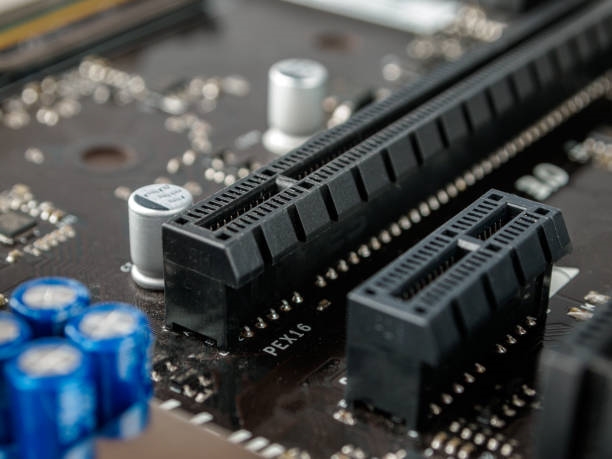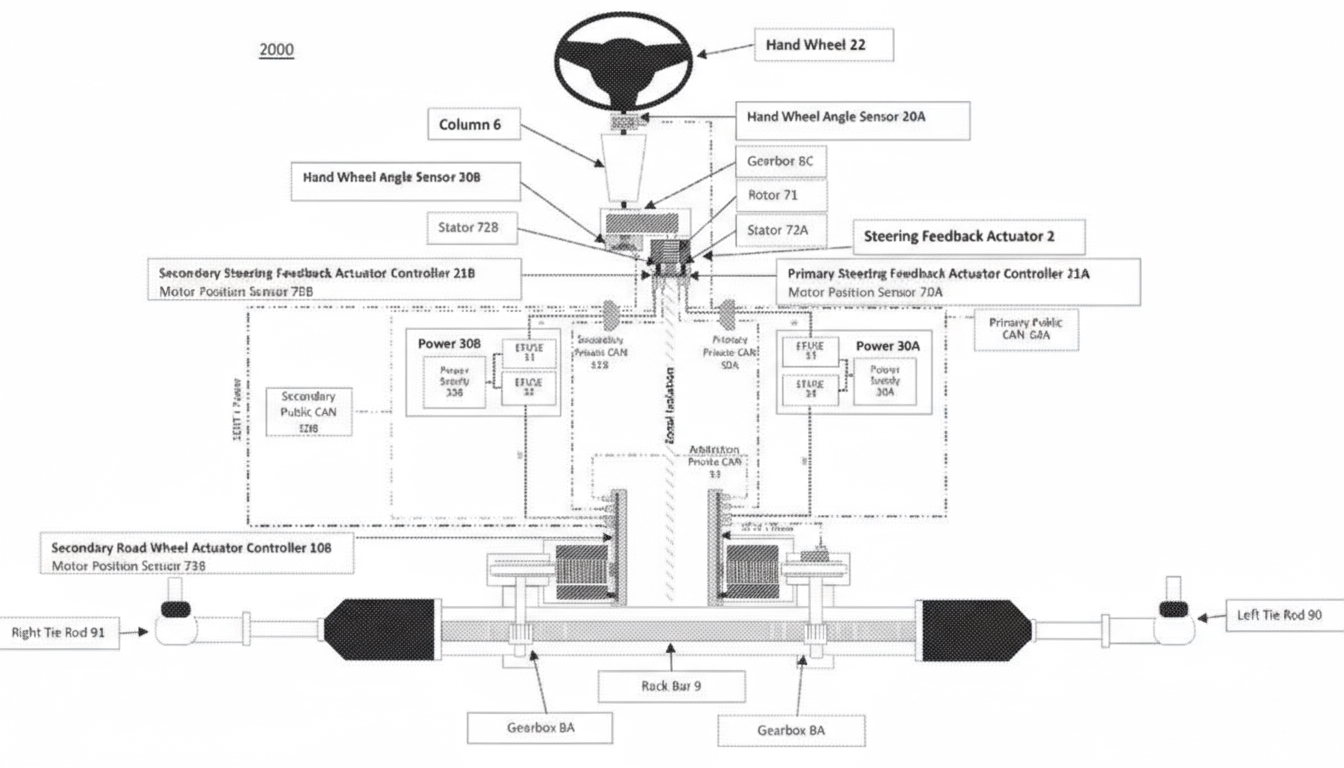Tesla¡¯s thermal management system in the Model Y exemplifies high integration and innovative design. Featuring a centralized manifold and valve module with an eight-way valve, the system efficiently manages coolant flow for heat exchange, ensuring robust heat pump performance. By eliminating high-voltage PTC heaters and incorporating low-voltage PTCs in the cabin, alongside a low-efficiency heating mode for the compressor and blower, the system maintains reliability in extreme cold down to -30¡ãC.
Heat Pump Module
The heat pump module integrates an electric compressor, battery chiller, liquid-cooled condenser, gas-liquid separator, electronic expansion valves, an eight-way valve, and multiple refrigerant and coolant interfaces. By controlling the eight-way valve, the system supports 11 distinct operating conditions, adapting to varying thermal demands based on ambient and battery temperatures.
Operating Modes
The Model Y¡¯s thermal management system operates in five primary modes, prioritizing high coefficient of performance (COP) to minimize energy consumption and extend range.
1. Cabin-Only Heating
At ambient temperatures below -10¡ãC, the heat pump¡¯s heating capacity is limited. If the battery temperature exceeds 10¡ãC, the system extracts heat from the battery and motor loop via the chiller, with coolant circulating through the battery pack, electronic water pumps, and liquid-cooled condenser. The outdoor heat exchanger is bypassed to prevent heat loss, achieving a COP greater than 1. If the battery is too cold, heating relies solely on compressor work, with no heat exchange at the chiller. Above -10¡ãC, the system absorbs heat from the environment via the outdoor heat exchanger, enhancing efficiency.
2. Cabin and Battery Heating
In extreme cold below -10¡ãC, when both cabin and battery require heating, the system relies on compressor work (COP=1). Refrigerant splits proportionally to prioritize cabin heating, with one path through the cabin condenser and another through the liquid-cooled condenser, heating the coolant for the battery. For rapid battery heating (e.g., for high-current charging above 0¡ãC), the system may sacrifice cabin comfort, directing all heat to the battery.
3. Cabin Heating and Battery Cooling
During fast charging in cold conditions, the system heats the cabin while cooling the battery. Refrigerant splits between the cabin and liquid-cooled condensers, evaporating in the chiller to cool the battery loop. Coolant splits into two circuits: one cools the battery, and the other dissipates excess heat via the outdoor heat exchanger. If cabin heating is insufficient, all refrigerant heat is directed to the cabin condenser.
4. Cabin and Battery Cooling
In summer, the heat pump functions as a standard air conditioning system, with the liquid-cooled condenser replacing a traditional condenser to cool both the cabin and battery.
5. Waste Heat Recovery
In cold conditions, residual heat from the cabin or motors is stored in the battery pack, which has effective insulation. During parking, the heat pump transfers this heat to the battery via the liquid-cooled condenser, bypassing the outdoor heat exchanger. On the next use, this stored heat warms the cabin, improving efficiency.
System Efficiency
The Model Y¡¯s thermal management system leverages the eight-way valve and sophisticated software to simplify hardware while supporting diverse functions. Its intelligent control optimizes energy use across multiple scenarios, offering a model for efficient, integrated thermal management in electric vehicles.
 ALLPCB
ALLPCB







